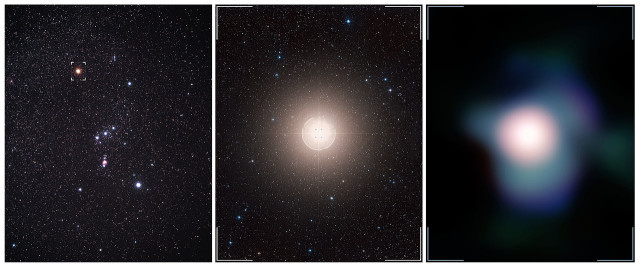Seldom Bucket
Well-Known Member
If you stargaze on a clear winter night, it’s hard to miss the constellation Orion the Hunter, with his shield in one arm and the other arm stretched high to the heavens. A bright red dot called Betelgeuse marks Orion’s shoulder, and this star's strange dimming has captivated skygazers for thousands of years. Aboriginal Australians may have even worked it into their oral histories.
Today, astronomers know that Betelgeuse varies in brightness because it’s a dying, red supergiant star with a diameter some 700 times larger than our Sun. Someday, the star will explode as a supernova and give humanity a celestial show before disappearing from our night sky forever.
That eventual explosion explains why astronomers got excited when Betelgeuse started dimming dramatically in 2019. The 11th-brightest star dropped in magnitude two-and-a-half-fold. Could Betelgeuse have reached the end of its life? While unlikely, the idea of a supernova appearing in Earth’s skies caught the public’s attention.
And now new simulations are giving astronomers a more precise idea of what humans will see when Betelgeuse does eventually explode sometime in the next 100,000 years.

When Betelgeuse goes supernova, what will it look like from Earth? | Astronomy.com
Astronomers simulated what humans will see on Earth when the star Betelgeuse explodes as a supernova sometime in the next 100,000 years.
